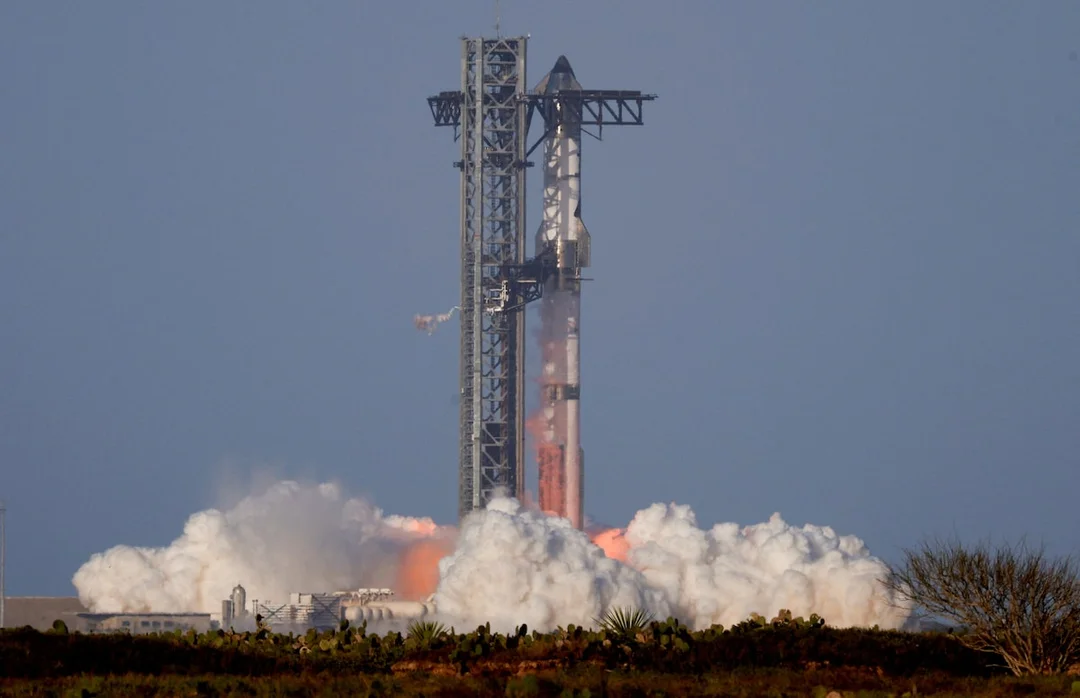
SpaceX Starship Cleared for Launch Ramp-Up: FAA Approves Increased Flight Cadence in Texas
In a major boost for Elon Musk's space ambitions, SpaceX has received the green light from the Federal Aviation Administration (FAA) to significantly increase its Starship launch cadence from its Starbase facility in Boca Chica, Texas. This landmark decision allows SpaceX to conduct up to 25 Starship launches and landings annually, a substantial increase from the previous limit of five.

The FAA's decision, capping a years-long review, comes after determining that the increased launch activity "would not significantly impact the quality of the human environment" under the National Environmental Policy Act. This regulatory hurdle paved the way for SpaceX to accelerate the development and testing of its next-generation spacecraft, a critical component of the company's Mars colonization plans.
However, the approval is not without its conditions. The FAA is requiring SpaceX to undertake dozens of mitigating actions to address potential environmental impacts, including increased trucking operations to deliver water and propellants. For instance, the FAA document states that SpaceX must implement mitigation measures like employee shuttles and limiting water truck deliveries to daytime hours to help reduce traffic impacts to wildlife. The anticipated annual truck traffic on State Highway 4 to Boca Chica Beach will increase from an estimated 6,000 to 23,771 trucks to support 25 launches per year.
The Starship program has witnessed both remarkable achievements and spectacular failures during its eight integrated test flights since 2023. These tests, which have included milestone achievements and explosive mishaps, embody SpaceX's risky test-to-failure development playbook. The increased launch cadence will allow SpaceX to iterate more rapidly, potentially accelerating the program's progress.
Beyond Mars colonization, SpaceX envisions Starship playing a key role in the U.S. space program. With this approval, the company hopes to solidify its presence in the space industry, though not without tackling the logistical and environmental challenges that come with it.
The FAA statement highlights Elon Musk's Spacex getting FAA approval to conduct up to 25 starship launches per year from Texas, signaling a significant step forward for the program. What do you think this increased flight cadence will mean for the timeline of human missions to Mars? Share your thoughts in the comments below!